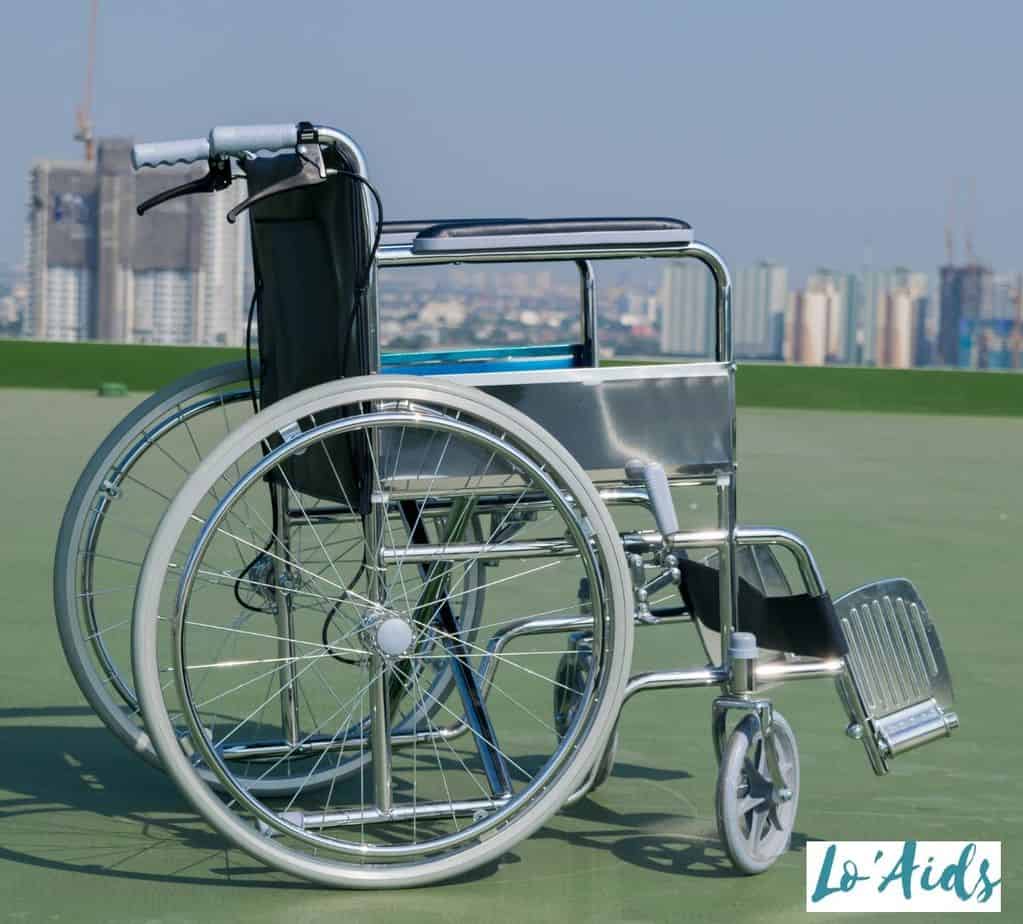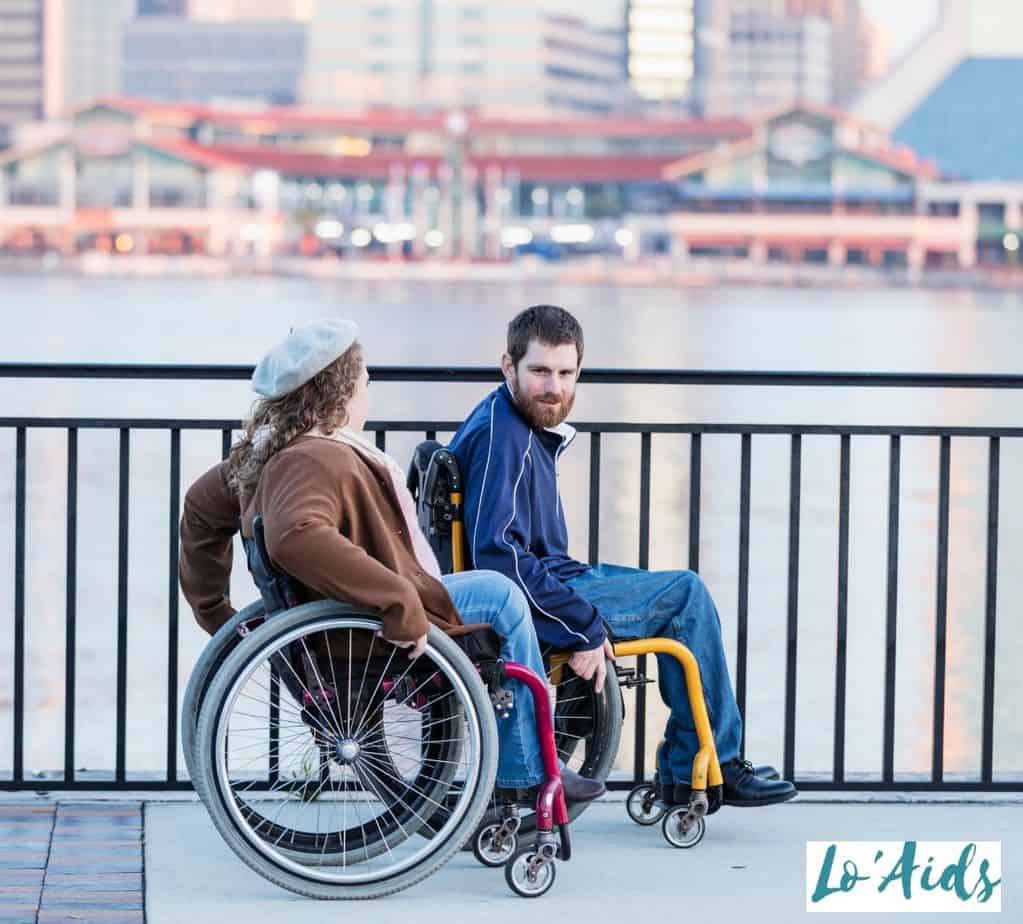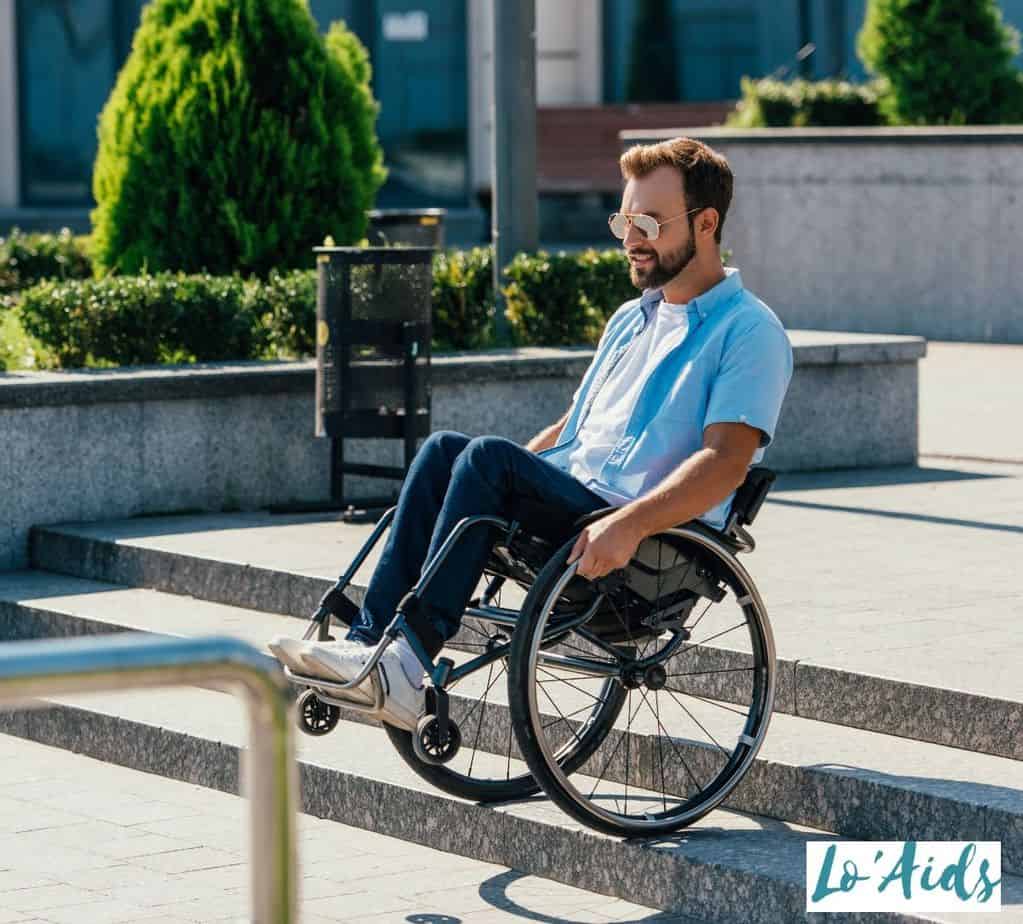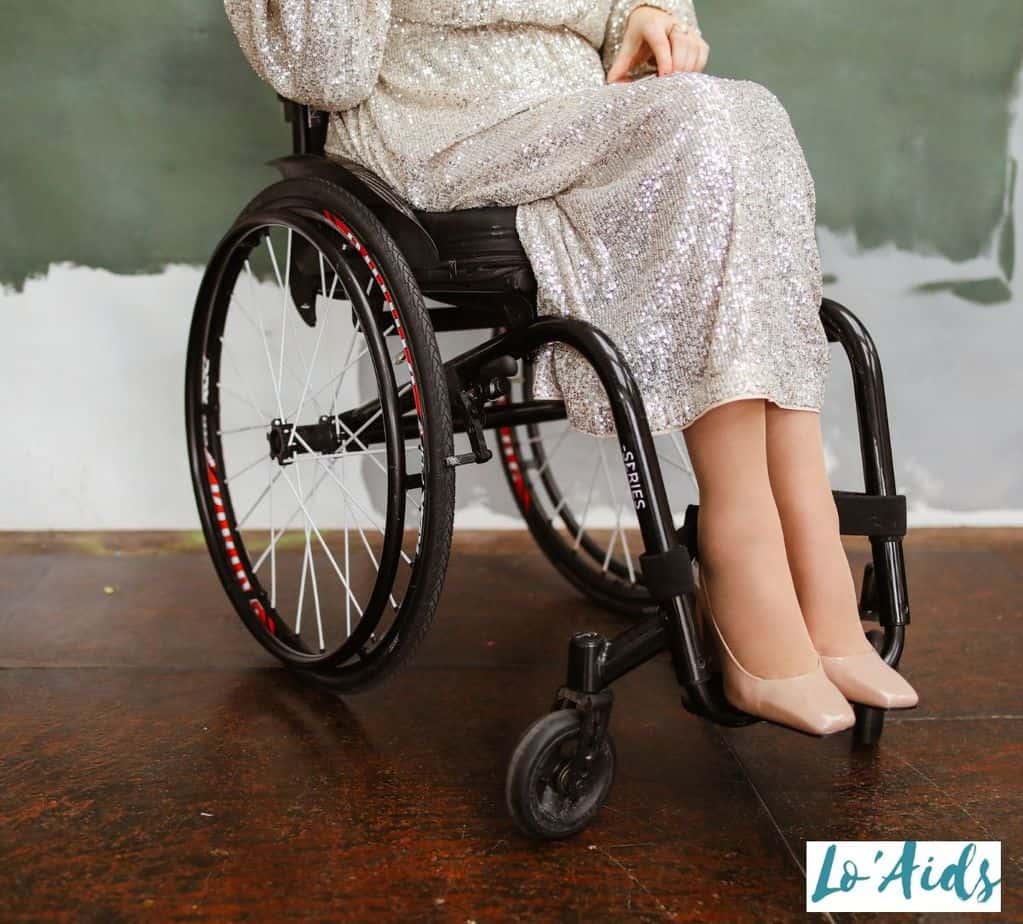I’ve been in a manual wheelchair for quite some time now, but I still can remember the first time I was told that I would need one.
I had a lot of questions about how using a wheelchair would turn out and how I would adjust to this new life.
If you have the same questions in mind right now, I would like to share with you some points based on what I’ve experienced.
Here’s a quick peek at the advantages and disadvantages of using manual wheelchairs.
| Advantages | Disadvantages |
|---|---|
| Cheaper or Even Free! | Tiring at First |
| Low Maintenance | It May Not Be Easy to Use in Certain Situations |
| No Charging is Needed | Weight Limits |
| Easier to Move Around | Back Problems |
| Pressure Points | |
| Limited Options and Upgrades |
Make sure to read our best wheelchair reviews!
Table of Contents
Advantages of Using Manual Wheelchairs
#1 Cheaper or Even Free!
I’ll start with the biggest advantage of manual wheelchairs—their price. Compared to other wheelchairs, manual wheelchairs are definitely more affordable.

In fact, there are times when insurance companies foot the bill for these wheelchairs so you may even get them for free.
#2 Low Maintenance
Manual wheelchairs don’t need any special maintenance instructions. They just need to be kept clean and some parts oiled. Other than that, there’s really nothing much with manual wheelchairs. They are always good to go.
ALSO CHECK: Best Wheelchair Wheel Cleaner
#3 No Charging is Needed
Unlike electric wheelchairs, there are no batteries and no need for charging. This can save you a lot of time, especially when you are in a hurry for an appointment.
Manual wheelchairs operate solely using your power, especially your upper body strength. All you have to do is sit down, move, and you’re good to go.
Read more about navigating life in a wheelchair.
#4 Easier to Move Around
The front part of manual wheelchairs, compared to electric or battery-operated ones, are narrower at the front. This makes it easy for you to go through tight spots, unlike electric wheelchairs.

Manual wheelchairs are also lowered, so their center of gravity is closer to the ground than electric wheelchairs. This is important when trying to manage rough terrain or areas that aren’t flat.
ALSO READ: How to Carry Everyday Things in a Wheelchair
Disadvantages of Using Manual Wheelchairs
#1 Tiring at First
Manual wheelchairs operate mainly on upper body strength, especially when you have to move alone. For someone who is just starting out, this can be quite tiring and actually quite an exercise.
For starters, it would be best to have a caregiver to assist you while you are still trying to get used to your wheelchair until such a time when you can manage moving around on your own.
#2 It May Not Be Easy to Use in Certain Situations
Individuals who use manual wheelchairs usually have to stay in an upright position. Some individuals may feel compromised by this, especially those who are paralyzed from the waist.

There is seldom any positional adjustment with manual wheelchairs, so this can be quite limiting.
TRY READING: Heavy Duty Outdoor Power Wheelchair
#3 Weight Limits
Manual wheelchairs may not be ideal for heavier individuals since many are designed to have a maximum weight limit.
On average, most wheelchairs can carry up to 250 pounds. Beyond that, you may have to check out an electric wheelchair instead.
#4 Back Problems
Unlike electric wheelchairs, the backrest of manual wheelchairs are not as adjustable and this may cause a lot of back and hip pain [1] after prolonged use.

Because of this, some individuals tend to slump in order to relieve pressure from the back.
This can even be more dangerous in uneven terrain if the back is not properly supported.
In terms of back support, electric wheelchairs have more adjustable backrests, which can easily provide support for those with back problems.
#5 Pressure Points
Most manual wheelchairs provide very little cushioning, unlike electric or hybrid models.
When used for a long time, some people end up with pressure sores [2] in areas such as the back and the hips. Arms can also be pressure points for people who tend to find support in their arms during long-term use.
#6 Limited Options and Upgrades
Many manual wheelchairs have very basic designs. Most will need upgrades, such as leg rests, footrests, or even extended headrests.

Many of these accessories and upgrades are also limited in terms of design and color.
So, if you have a particular problem or injury that needs to be addressed, make sure that you check the options available with these wheelchairs before making your final purchase.
ALSO READ: Where to Donate Used Power Wheelchair Near Me?
Conclusion
Using a manual wheelchair is one of the easiest ways to maintain mobility after any injury.
While there are many kinds of mobility devices in the market, a manual wheelchair is the most practical solution for cost since it can serve the most basic need — to be mobile.
Manual wheelchairs do have their limits, though, and their use may involve a learning curve.
If your situation isn’t so limited and complicated, a manual wheelchair can certainly be one of your first choices for mobility aids that can best suit your daily life.

How about you, how is it to be in a wheelchair? Let us know your experiences!
Resources
- 1. Li C-T, Peng Y-T, Tseng Y-T, Chen Y-N, Tsai K-H. Comparing the effects of different dynamic sitting strategies in wheelchair seating on lumbar-pelvic angle. BMC Musculoskeletal Disorders. 2016;17.
- 2. Banjarey L. Pressure Sores In Wheelchair Users: Their Care And Prevention [Internet]. Arcatron Mobility. 2017. Available from: https://arcatron.com/pressure-sores-wheelchair-users-care-prevention/#:~:text=Wheelchair%20users%20often%20suffer%20from





